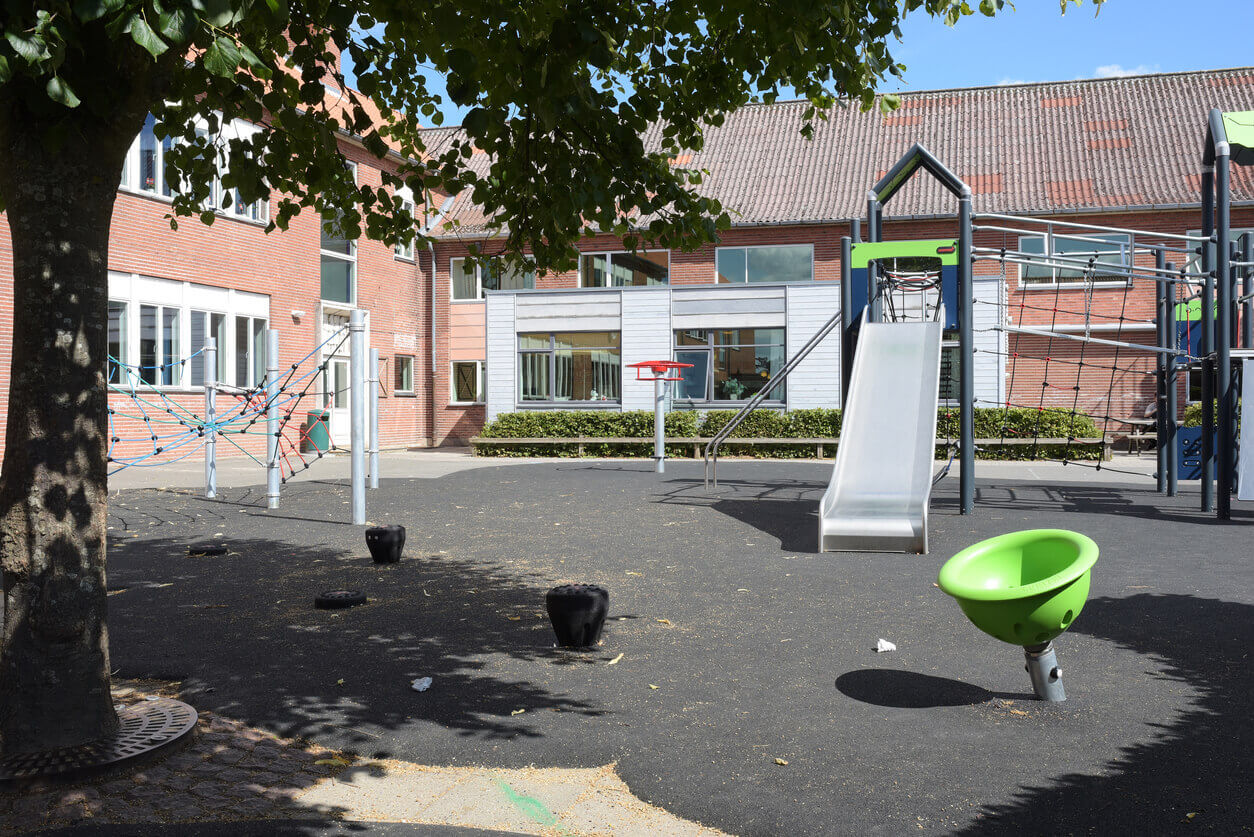It can be quite challenging to pick out primary school playground equipment. There are a multitude of factors that you need to take into consideration all at once including budgeting, pupil safety and targeted age groups. Not to worry though, we’re here to help!
At Cost Cutters UK, we pride ourselves on delivering high-quality playground equipment for schools at competitive prices. From climbing frames and playhouses to sandpits and children’s outdoor gym equipment, we’ve got everything you could possibly want to create a school playground that’s engaging and fun! Below, we’re going to cover some of the major factors you need to consider when choosing your school playground equipment and give you some examples of our top picks. If you’re still in need of assistance afterward, feel free to get in touch with our team of experts.
Age Group
The age range of pupils you intend to be making use of a piece of equipment will have a significant impact on the type of equipment you’ll be looking to purchase. Many primary schools have two playgrounds split into Key Stages, and should invest in equipment based on that, so your primary age demographics will likely be ages 4-7 and 7-11. Once you have clarified your targeted age demographic, you can narrow down your options for age-appropriate playground equipment.
Available Playground Space
It’s important to give consideration to your available space when looking for school playground equipment. Choosing a playground setup that fits the space you have is important – wasting space or overcrowding it are both to be avoided. A smaller playground with fewer pieces of equipment can be just as enriching and fun as a larger one with several structures – as long as proper consideration is given to how to make the most of your space.
Your Budget
It’s essential to keep your budget in mind when looking at investing in new playground equipment for primary schools. It can be quite easy to get carried away and overspend, so having a clear cutoff point set out from the get-go will be helpful in keeping your spending in check. Make sure to research the properties of the items you purchase to ensure they have good value for your money, and have certain areas you would like to prioritise your spending on before beginning your search.
Pupil Safety
The top priority with every purchase of school playground equipment has to be pupil safety. It is the responsibility of the school to minimise risk to students wherever possible, and one of the major areas that entails is on the playground. To that end, investing in soft play and other low-risk school playground equipment – particularly for early years – may be a good idea. Giving thought to potential fall height and other dangers that your playground equipment could pose is vital before committing to any purchases.
Equipment Variety
A playground should have a good variety of equipment. Not only will the same few pieces get quite boring and repetitive after a while, you also have to remember that you’re trying to appeal to a large body of people with a variety of interests. Too much of one thing may leave many students disappointed and disinterested – far from an ideal for what is meant to be a space for fun.
Imaginative and Sensory Play
School playground equipment that encourages imaginative and sensory play are fantastic for fostering a child’s development. Creating a space in which a pupil can safely explore their creativity will help to boost their language skills, their emotional understanding and regulation, social skills and mental health. Equipment such as a sand table, a play shelter, or a pretend market stall are great picks to help a pupil explore their creativity on the playground.
Large Central Pieces
A large central piece such as a climbing frame can be a great addition to your school playground equipment collection if you have the space for it. There are a lot of benefits to this kind of equipment, including boosting strength and fine motor skills, as well as problem-solving skills. It may also encourage team-building and inventiveness as pupils find new ways to involve the equipment in play.

